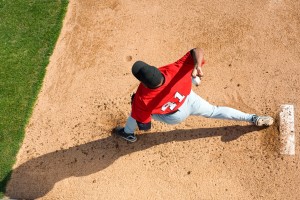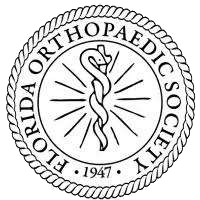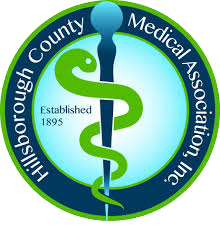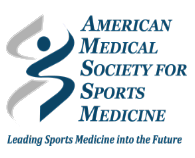
Baseball is America’s pastime and an excellent way for people of all ages to get active and learn the value of teamwork. But like any other sport, baseball comes with a risk of injury—particularly when throwing the ball overhead to a batter or across the field to tag a runner out. Let’s take a closer look at what goes into a baseball player’s throwing motion and where most injuries tend to occur.
The Basics of a Throwing Motion
Most throws in baseball are overhead throws, which place a significant amount of strain on the shoulder joint. This is especially true for pitchers who repeatedly throw at high speeds. A pitcher’s throwing motion can be broken down into main five phases:
- Wind-up
- Early cocking
- Late cocking
- Acceleration
- Follow-through
Most throwing injuries occur during the late cocking and follow-through phases, which place the greatest amount of force on the shoulder joint. This highly flexible ball-and-socket joint is surrounded by the rotator cuff—a group of four muscles and tendons that helps secure the head of the upper arm bone (the humerus, or the “ball”) into the glenoid (the shoulder “socket”).
Common Throwing Injuries
During the cocking phases of the throwing motion, the baseball player hurls his or her arm backward. This movement can pinch tendons toward the back of the shoulder between the head of the humerus and the glenoid, resulting in a rotator cuff tear. The rotator cuff tendon that is most frequently injured during high-speed throws is the supraspinatus tendon, which runs over the ball of the shoulder joint.
Another critical component of the shoulder that is vulnerable to injury is the labrum, which is a rubber-like piece of tissue located on the rim of the shoulder socket. Also referred to as a SLAP (superior labrum anterior and posterior) tear, a torn labrum usually occurs during the follow-through phase of the throwing motion as the arm abruptly decelerates after releasing the ball.
Other common throwing injuries seen in baseball players include bicep tears, biceps tendinitis, and rotator cuff tendinitis.
Throwing Injury Treatment at Tampa Orthopaedic & Sports Medicine Group
For specialized throwing injury treatment, athletes throughout the Tampa Bay area turn to the experts at Tampa Orthopaedic & Sports Medicine Group. Our practice is led by orthopedic sports medicine surgeon Dr. Daniel Murphy and sports medicine specialist Dr. Arnold Ramirez—two board-certified physicians who excel in helping patients recover from injuries, prevent them from occurring in the future, and achieve peak athletic performance. When they’re not assisting patients at our practice, Dr. Murphy and Dr. Ramirez serve on the medical staff of the Tampa Bay Buccaneers and New York Yankees.
See who the pros see! If you’d like to consult with a trusted sports medicine physician about a throwing injury, shoulder pain, or how to maximize your athletic performance, contact Tampa Orthopaedic & Sports Medicine Group today. We accept most health insurance plans and offer convenient online appointment scheduling.












